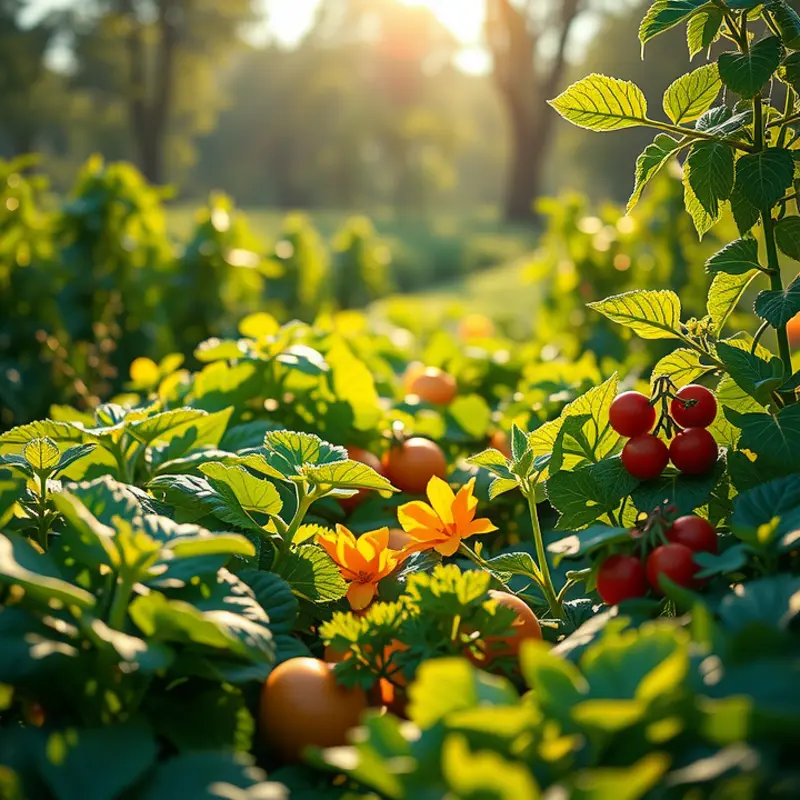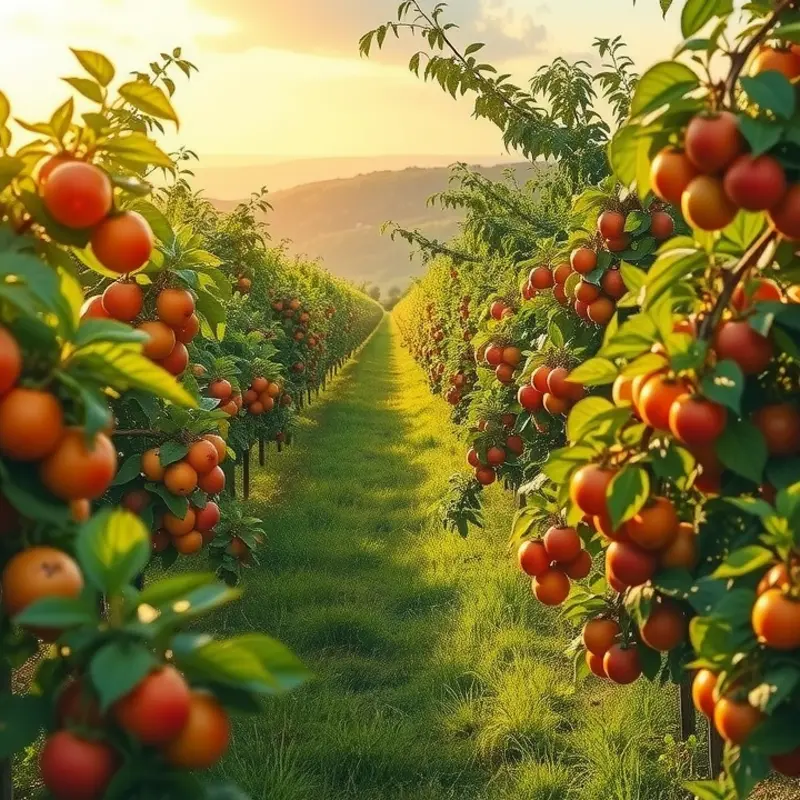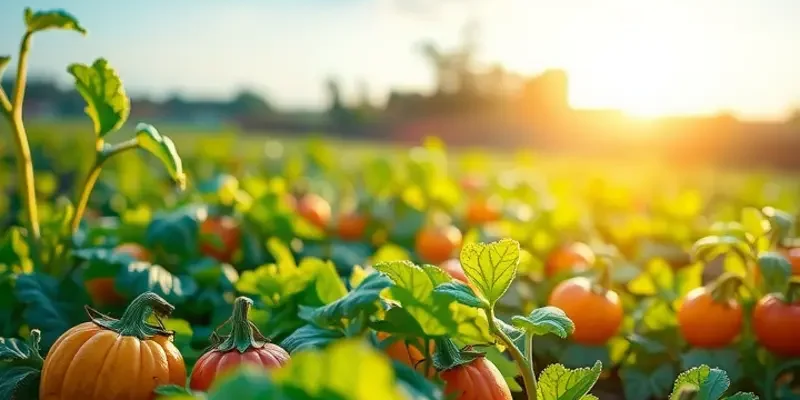Keeping your salad fresh can seem daunting, but with a few simple techniques, you can extend its lifespan significantly. Whether you’re meal prepping for the week or just wanting to enjoy crispy greens at dinner, the following tips will empower you to keep your salads vibrant and enjoyable. Explore the art of storing and preparing salad ingredients with ease, and discover how a few tweaks can make all the difference to your kitchen routine.
Ideal Storage Methods

Storing salads correctly is key to maintaining their freshness. A common mistake is simply tossing greens altogether into one container. The first rule is to ensure that your greens are completely dry before storing. Moisture is their greatest enemy; it accelerates the wilting process.
Containers: The choice of container matters significantly. Opt for airtight containers to reduce exposure to air. For best results, line the bottom with a paper towel to absorb any excess moisture. This technique helps prevent sogginess, which is particularly beneficial for tender greens like spinach.
Layering: When storing salads in layers, place heartier greens at the bottom. These include kale and romaine, which are more robust and durable. Softer greens, such as arugula and leaf lettuce, should sit on top. This method protects delicate leaves from being crushed and keeps them fresher longer.
Moisture Control: A nifty trick is to place a clean, dry paper towel or a specially designed absorbent sheet on top of the salad before sealing the container. This absorbs excess moisture creating an ideal environment that staves off rot and mildew. Change the paper towel when it becomes damp.
Refrigeration: Keep salads refrigerated within a temperature range of 35°F to 40°F to maintain crispness. However, not all greens thrive together in the cold. Some, like spinach and arugula, are sensitive to ethylene gas emitted by fruits and vegetables such as tomatoes and apples. Store these greens separately to avoid accelerated spoilage.
Longevity Pairings: Certain greens benefit from being stored together. Hardy greens like kale can complement spinach and last longer when stored under the same conditions. This is because their sturdier composition allows them to withstand cooler, humid conditions without compromising their texture or integrity.
For more insights on creating a sustainable and eco-friendly storage practice, consider exploring eco-smart kitchen storage. Adapting these methods ensures that salads remain not only appealing but also environmentally conscious and waste-free.
Incorporating these practical steps into your routine can make a world of difference when it comes to extending the life of your salads. By prioritizing a mix of proper container choice, strategic layering, and moisture control, you’ll enjoy crisp, delicious salads day after day.
Preparation Tips for Longevity

Keeping your salad fresh for days begins with smart preparation. Start by selecting the right vegetables to cut ahead of time. Hardier vegetables, such as carrots, bell peppers, and radishes, can be chopped in advance as they maintain their texture longer. Softer options like cucumbers and tomatoes should be prepared just before serving to avoid becoming mushy.
Washing and drying greens properly is crucial for prolonging their life. Begin by immersing your greens in a bowl of cold water. Gently swish them around to remove dirt and debris, ensuring every leaf is attended to. Use a salad spinner or lay leaves on a clean kitchen towel, patting them dry gently. Removing excess moisture is essential as it curtails the growth of bacteria and prevents wilting.
Achieving the right moisture balance within your salad is key. Store delicate greens with a paper towel in their container to absorb any residual moisture. This helps keep them crisp. Consider investing time in careful layering when assembling salads. Place heavier items at the bottom and lighter greens on top, maintaining structure and reducing the risk of greens being crushed.
Incorporating acid like vinegar or lemon juice is beneficial not only for flavor but for preservation as well. Acids can slow down enzymatic browning and spoilage, keeping your vegetables appealing. However, it’s wise to introduce acidic components to the salad just before consumption to maintain optimal freshness and crunch.
When it comes to dressings, consider separate storage. Always apply dressing right before eating. Prematurely dressed salads can become soggy, as dressings tend to draw out moisture from vegetables. Alternately, you can try using dressings that have a thicker consistency. This will glide over top instead of absorbing quickly. Toppings also play a role in ensuring salads stay appealing. Nuts, seeds, or croutons are best added last minute to retain their crunch.
By employing these preparation strategies, your salads won’t just last longer—they’ll maintain their delightful texture and flavor for days. Proper preparation and storage techniques not only enhance freshness but also reduce food waste, contributing to more sustainable kitchen practices. For more tips on reducing food waste, visit our article on safer storage of sauces.
Final words
By implementing these simple techniques, you can significantly enhance the longevity of your salad ingredients. Proper storage methods paired with thoughtful preparation can transform the way you enjoy salads at home. Regularly update your practices as you see the positive change in your meals. Remember, a little care goes a long way in ensuring that every bite of your salad is fresh, crisp, and bursting with flavor. Embrace the joy of salad-making and let each meal be a vibrant celebration of flavor and nutrition.







